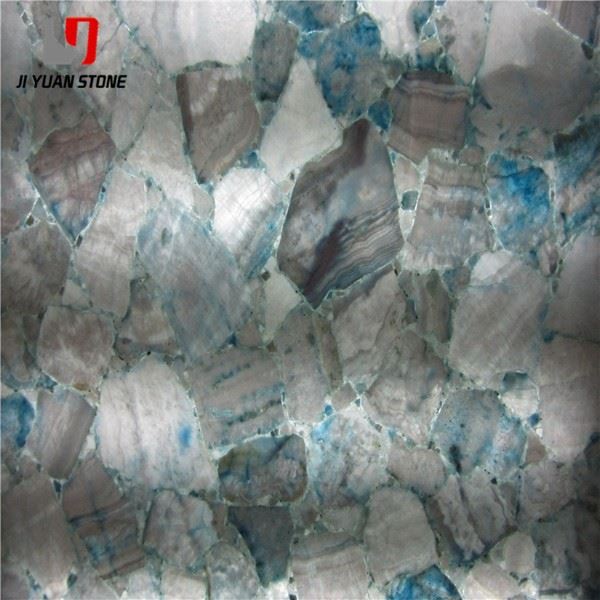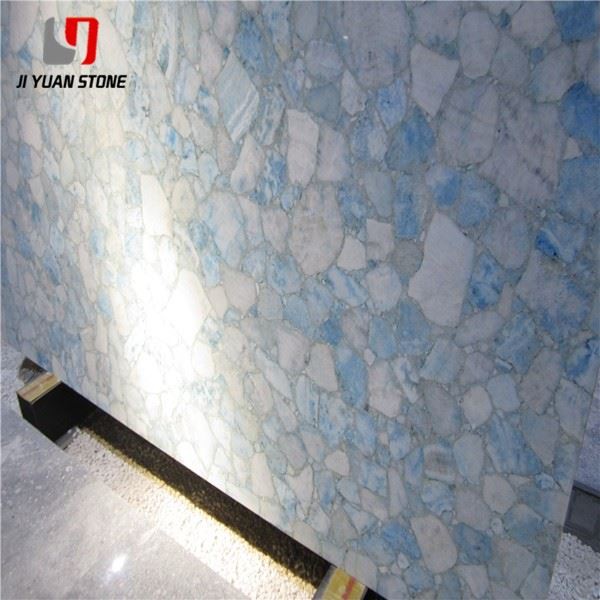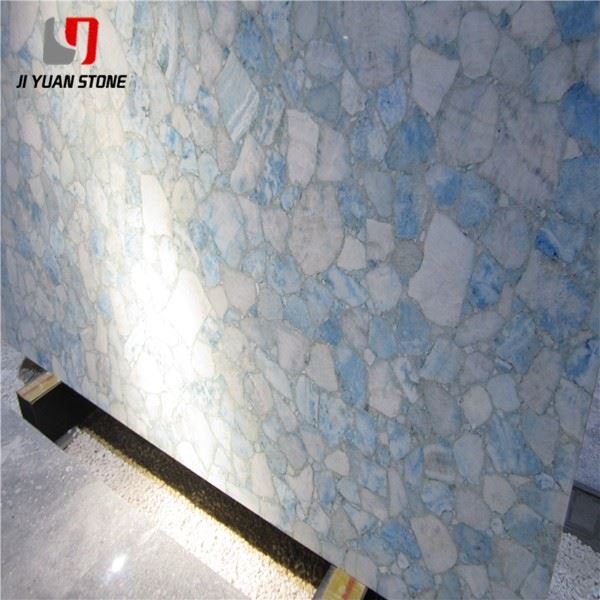Ice Blue Calcite Slab
Ice Blue Calcite Slab
Ice Blue Calcite Slab – Embrace the Natural Beauty of Cracked Marble
Introduce a touch of elegance to your home decor with our Ice Blue Calcite Slab. This stunning piece is not only visually appealing but also boasts high quality and durability. Its eye-catching blue hue will add a serene and calming ambiance to any space. Elevate your home decor with this exquisite Slab today.
| Feature | Details |
|---|---|
| Product Name | Ice Blue Calcite Slab |
| Material | Agate Gemstone Semi-precious Stone |
| Surface Finished | Honed,Polished |
| Finished Products | Floor Tiles, Wall Cladding, Countertops, Windowsills, Special-Shaped Tiles, Small Slabs, Swimming Pool, Steps, Wall Panel, Flooring, Veneers, Slabs, Coping Tiles etc. |
| Color | Yellow,Black,White,Red,Purple Wood,Green,Grey,Pink,Rainbow,Pink,Tiger Eye etc |
| Slab Size |
|
| Size |
|
| Package Detail |
1) Slab: plastic inside + strong seaworthy wooden bundle outside 2) tile: foam inside + strong seaworthy wooden crates with reinforced straps outside 3) Countertop: foam inside + strong seaworthy wooden crates with reinforced straps outside |
Add timeless elegance and natural character to your space with our Ice Blue Calcite Slab. Known for its soothing blue tones and organic veining, this stunning natural stone brings a sense of calm and sophistication to any interior or architectural setting.
Understanding Cracks in Ice Blue Calcite Slab
It is commonly believed that cracks on the surface of Ice Blue Calcite Slab are undesirable. However, some high-priced imitation stone products intentionally incorporate cracked textures to make them look more realistic. This is because most natural marble features cracked textures, which are generally recognized as a form of beauty and are popular among consumers.
Why Does Natural Marble Have Cracked Textures?
The unique appearance of natural marble is determined by its mineral composition and geological formation. Unlike ceramic tiles or artificial stones—manufactured under strict conditions—natural marble forms over millennia, resulting in unpredictable and captivating textures. This includes natural cracks, which are often considered desirable aesthetic features.
Cracks in Ice Blue Calcite Slabs: Quality Concern or Natural Beauty?
A common concern when purchasing marble is whether cracks indicate poor quality. The truth is:
- Cracks refer to small, natural fractures in the stone.
- These cracks are typical in marble and do not compromise quality.
- Thanks to modern processing methods, minor cracks can be stabilized and do not affect usability.
According to industry regulations by the State Building Materials Bureau:
- Acceptable cracks must not exceed 1/10 of the slab’s edge length.
- Cracks shorter than 20mm are not considered in quality assessment.
Therefore, when within these limits, these natural lines are not defects—they are a mark of authenticity and beauty.
The Difference Between Cracks and Defects in Marble
When evaluating natural marble, it's essential to distinguish between natural cracks and true defects:
- Natural Cracks are formed through geological forces, adding unique character to each slab.
- Defective Cracks are structural weaknesses that may reduce durability.
Understanding this difference ensures you make a well-informed and confident choice when selecting Ice Blue Calcite Slabs for your home or commercial space.
Why Choose Ice Blue Calcite Slab?
- 100% natural marble with serene ice-blue coloration
- Authentic cracked texture that enhances beauty and value
- Suitable for walls, countertops, floors, and decorative panels
- Durable, timeless, and processed to meet industry standards
Enhance your design with the authentic elegance of Ice Blue Calcite Slabs—where natural beauty meets lasting quality.
Share











